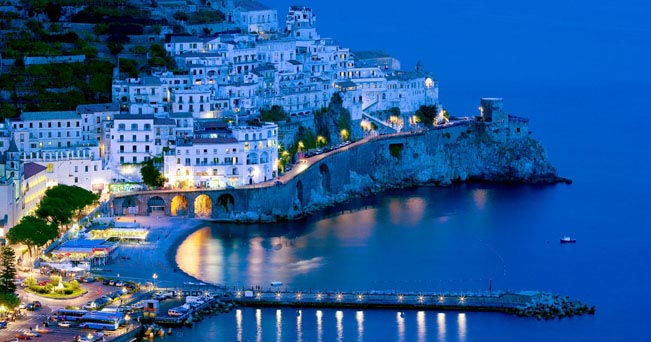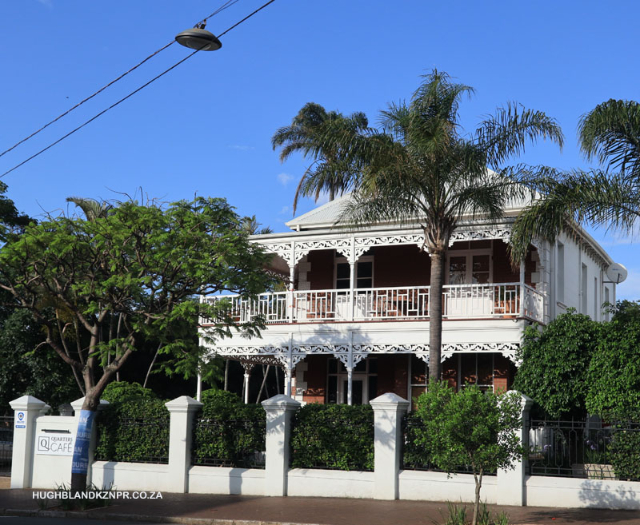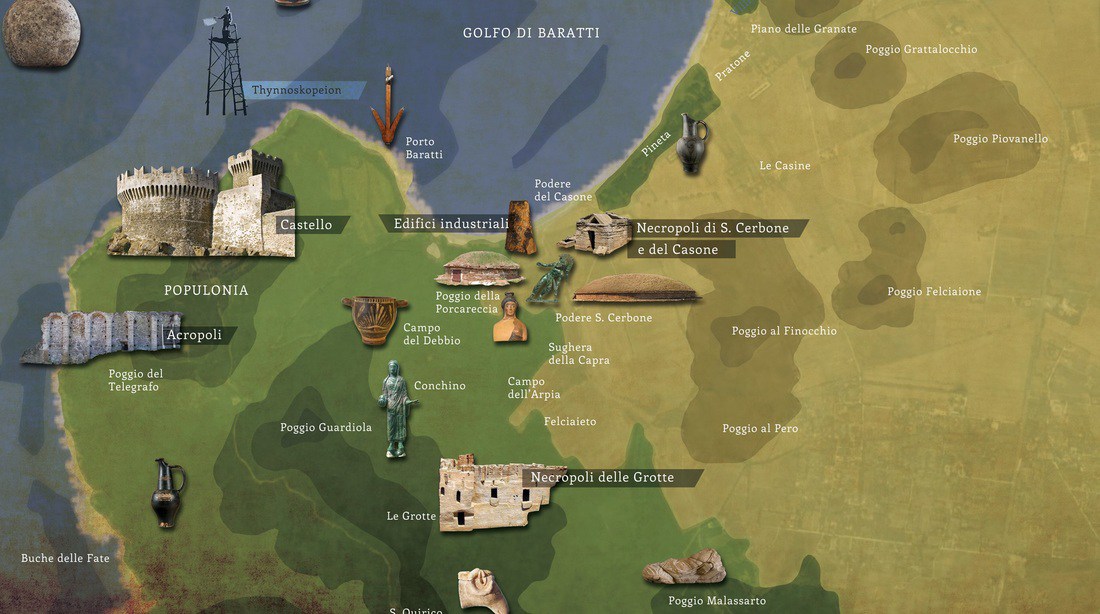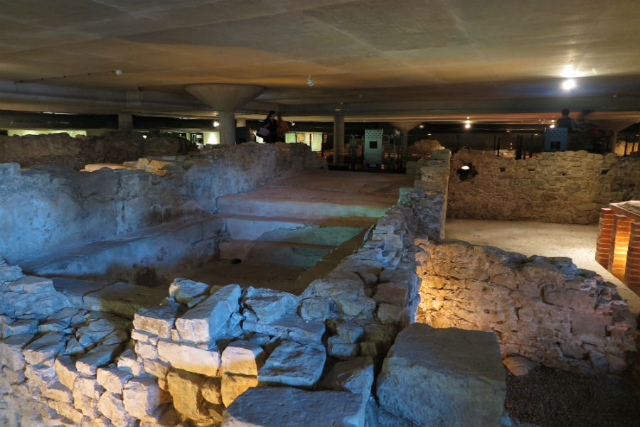The origin of Amalfi does not have much evidence, but an inscription, "Descendit ex patribus romanorum" confirms that it was the Romans who founded it. Legend has it that Amalfi was a maiden loved by Hercules, then buried in these places by the will of the gods.
The Romans most likely took refuge there because of the Germanic and Lombard invasions, and the town was used as a defensive stronghold of the Byzantine Duchy of Naples. Thanks to the expertise of Amalfi’s maritime experts, the Byzantines maintained a peaceful and cooperative relationship with the Amalfitans.
From the 9th century, Amalfi became one of Italy’s four maritime republics, and contended for supremacy over the peninsula’s maritime traffic along with rivals Venice, Genoa and Pisa.
The town of Amalfi is credited with the invention of the compass, attributed to Flavio Gioia, who introduced it as an orientation tool for sailors in the 13th century. However, according to recent reconstructions, it was not Flavio, but Giovanni Gioia, who invented it and promoted its subsequent spread in the Mediterranean.
The special skills of Amalfi’s sailors contributed to the establishment of peaceful relations, mainly in trade, with all neighboring populations. Beginning in 596 Amalfi became an episcopal see, and in 839 it obtained autonomy from Naples, while still remaining a coveted prey of the princes of Salerno, which it was able to resist wisely, especially because it was prosperous and developed.
The territory of Amalfi, once it gained independence, was governed first by a count, elected periodically by the local noble families, and later by a duke.
In the ninth century, Amalfi experienced its greatest splendor, thanks in part to its great territorial extension: Cetara, Positano, Capri, Li Galli, but also the Lattari Mountains, as far as Gragnano were included in the duchy, which succeeded in establishing itself and rivaling the other three maritime republics. Despite its rivalry with Pisa, Genoa and Venice, Amalfi managed to establish itself within the Mediterranean and develop a thriving and prosperous trade, thanks in part to the various colonies it had placed in the most important foreign cities.
The code of maritime law, or Tavola Amalfitana (click here to read "An unpublished Latin chapter of the Tavola di Amalfi"), which remained in force in Amalfi until the 1700s, dates from this period, and is now preserved in the civic museum. Thanks to the codex, it has been possible to reconstruct in detail the functioning and progression of Amalfi society.
Beginning in 1039 Amalfi was the scene of contrasts and changes: in that same year, in fact, the prince of Salerno Guaimaro V conquered it. But after a brief domination, Amalfi passed to Robert Guiscard, who was sweeping through southern Italy and whom it was impossible to oppose for lack of sufficient forces. Marino Sebaste, the last duke of Amalfi, was deposed. But after a few months a League was formed, led by the Pope, in which Pisa also participated: in this way, with the justification of stopping Guiscard, the Pisans took the opportunity to take possession of the Salerno coast. After two years of violence and looting, Amalfi, now reduced to a fiefdom, was abandoned and left to its fate, far from its former splendor.
After various infighting, which further debilitated it, it was conquered by the Normans of Roger II in 1131. The king worked to ensure that Amalfi’s commercial activities became prosperous again, and greatly stimulated the development of the town, which, after a weak recovery, continued to be one of the main sources of sustenance for the southern economy.
In 1135 the Amalfi fleet, busy keeping the Saracens at a due distance, was taken by surprise by the Pisans, who took the opportunity to invade and put it to the sword.
But Amalfi’s decline had already begun with the policy of the Normans, who, because of their closure to the Byzantine and Muslim populations, blocked much of the commercial traffic.
Throughout the Middle Ages, Amalfi nevertheless maintained a certain importance for the maritime traffic of southern Italy, but without opening up to the main countries of the Mediterranean, thus greatly reducing its revenue. During this period the town of Salerno also enjoyed a powerful and well-organized fleet: on the one hand the merchant fleet, useful for trade, and on the other the military fleet, which distinguished itself especially in battles against the Arabs. Of particular note is the Battle of Ostia in 849, when the Muslim fleet, poised to invade and sack Rome, was stopped thanks to the intervention of the Amalfitans.
It is precisely in Amalfi that the remains of a medieval arsenal, the only one of its kind in southern Italy, still remain: the building, which has come down to the present day with two aisles and twelve pillars, dates back to the 11th century, but signs of the most important restorations, which took place in 1240 and 1272, remain clearly visible. The arsenal served mainly for the construction of warships, as merchant ships were built directly on the sandy shores. The arsenal remained in operation until the mid-14th century: in 1343, in fact, after a libeccio storm, the structure was completely submerged due to an underwater landslide.
Between the late 1300s and early 1400s Amalfi passed from one domination to another, from the Sanseverinoes to the Colonnas, then to the Orsinis, and then to the Piccolomini.
In the 15th century Aragonese rule further contributed to the decline of the town, taking much of the commercial maritime traffic away from Amalfi and leaving it instead to Catalan sailors. From here began a slow but inexorable decline, culminating in the plague in 1643, which reduced the coast’s population by a third, further increasing its state of poverty. The few remaining noble families moved to Naples, and Amalfi remained virtually uninhabited.
In the 1700s, however, some craft activities began to develop, such as blacksmiths, coral workers, watchmakers, and the so-called "centrellari," or nail forgers.
In the 1800s Amalfi experienced something of a rebirth: in 1807, in fact, Joseph Bonaparte, who visited the Amalfi Coast, recognized its inestimable beauty, and decided to order the construction of a road linking Naples and the coast.
The work, continued by Joachim Murat, ended in 1854, when the road was inaugurated. It was here that Erik Ibsen found the inspiration to finish his "A Doll’s House."
In the second half of the 20th century, with the economic boom that swept the Italian peninsula, Amalfi along with Naples and the island of Capri became renowned tourist destinations.













